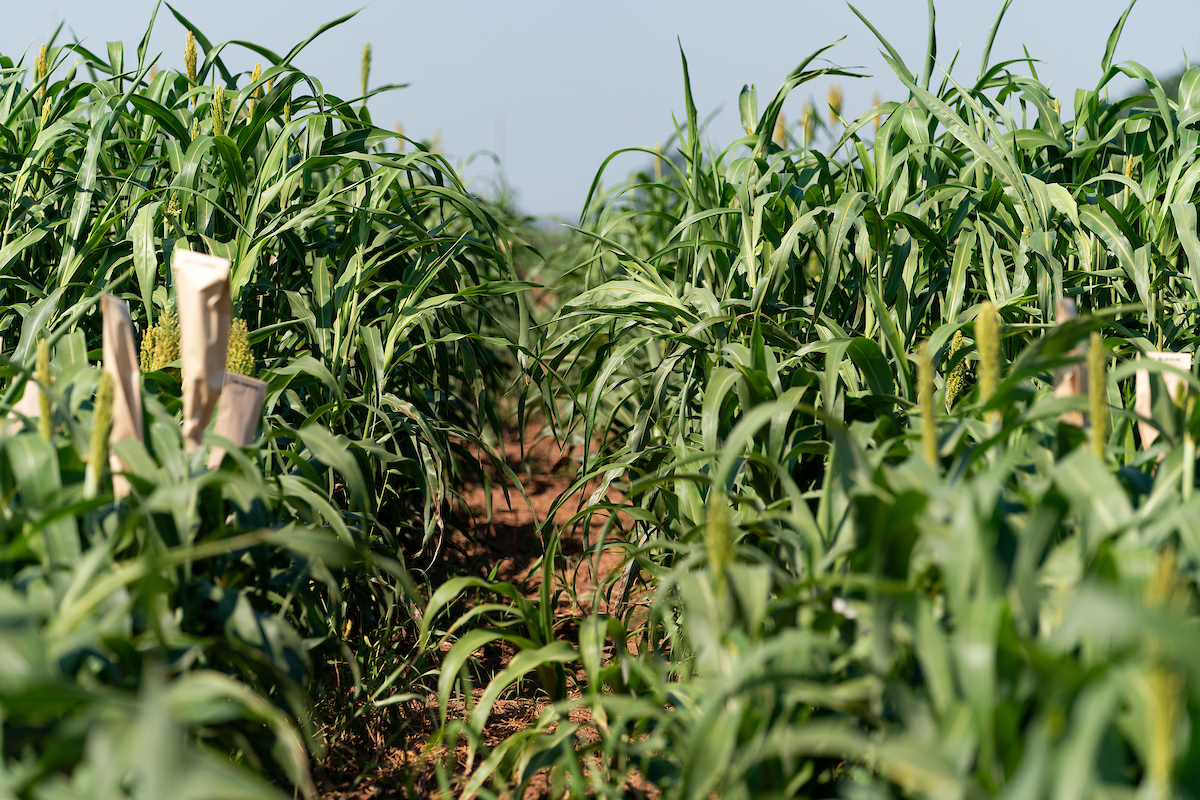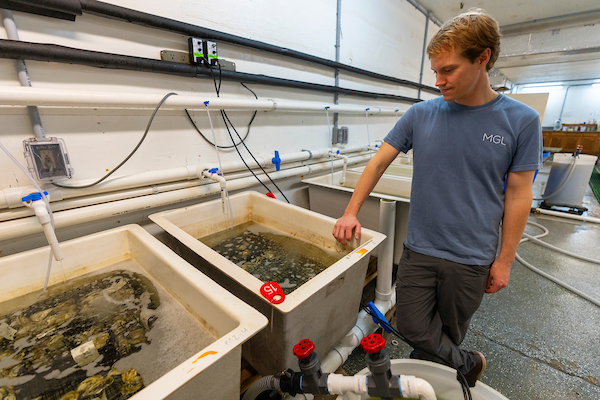Rio Grande Valley grain sorghum growers escape sugarcane aphid damage
WESLACO — Nature and science teamed up this year to minimize insect damage on grain sorghum now being harvested in the Lower Rio Grande Valley, according to an expert with the Texas A&M AgriLife Extension Service.

Dr. Raul Villanueva, an entomologist at the Texas A&M AgriLife Research and Extension Center at Weslaco, said predicted high populations of the sugarcane aphid in sorghum just didn’t materialize this year.
“Based on our experience last year, we were expecting explosive populations of the aphids to inflict serious damage to this year’s crop,” he said. “But it just didn’t happen.”
As the grain sorghum season wraps up, Villanueva credits the good news to an abnormally wet year, high populations of beneficial insects, timely insecticide sprays and the use of insect-tolerant grain sorghum varieties.
Sugarcane aphids don’t like rain and humidity, something the area has had in abundance, Villanueva said.
“Nature also provided large populations of natural enemies, or beneficials,” he said. “These include lacewings, ladybugs and syrphid — or pollinator – flies. Parasitoid wasps also helped keep their populations in check. These insects lay eggs inside the sugarcane aphids. When they hatch, they feed on the insect and eventually kill it.”
Growers also planted sorghum varieties identified by AgriLife Extension as being more tolerant to infestations.
“With all that going for us, all growers had to do was knock down any stray populations that showed up with insecticide sprays, which they did without too much difficulty or expense,” Villanueva said.
While the news is good, not all Valley growers are out of the woods yet.
“Because some growers encountered rain delays and planted their crop late, they are still a month or so away from harvesting and need to keep a sharp eye out for sugarcane aphids,” he said. “But the majority of growers are either harvesting or will soon be harvesting the Valley’s 200,000-acre crop.”
Sugarcane aphids feed on plant leaves, leaving a sticky waste called honeydew to clog up harvesting equipment, Villanueva said. Once in the grain head, they can keep the grain from maturing, reducing both quality and quantity. They also force growers to spend money on insecticides to control them.
Sugarcane aphids were first reported in the U.S. in Florida in 1977 in sugarcane. In Texas, they were found feeding on sorghum near Beaumont in 2013. By October of that year, the new sorghum-feeding biotype had spread to the Rio Grande Valley. They then made a northward trek through Texas and beyond, devastating thousands of acres of grain and forage sorghum crops in 2014.
“By October last year, the aphid had reached about a dozen states in the south and several states in Mexico,” Villanueva said. “It spread much farther and faster than anyone had predicted and quickly became the No. 1 pest in grain sorghum. We were expecting more of the same this year.”
In Mexico, the region along the U.S. border has also experienced low sugarcane aphid populations this year, Villanueva said. But not so in the interior.
“Larger populations have extended throughout Mexico, from the Veracruz area on the Gulf of Mexico, across the country in the Monterrey area, into southern states and even into Sinaloa on the Pacific Coast,” he said. “To cross a mountain range that rapidly, they had to have been carried there on commercial trade.”
As for next year, Villanueva said only time will tell, especially if the weather returns to a hot, dry weather pattern.





